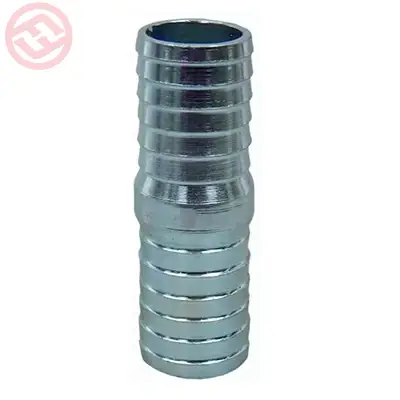Inspecting insert couplings for defects or damage is crucial to ensure the integrity and safety of the piping system.
Here’s a step-by-step guide on how to perform this inspection:
- Visual Inspection: Start by visually examining the insert coupling for any visible signs of defects or damage. Look for cracks, dents, corrosion, or any other irregularities on the surface of the coupling.
- Check for Proper Alignment: Ensure that the insert coupling is properly aligned with the pipe ends it is connecting. Misalignment can lead to stress concentration and potential failure of the coupling under pressure.
- Inspect Threaded Connections: If the insert coupling has threaded connections, carefully inspect the threads for any signs of wear, stripping, or deformation. Damaged threads can result in leakage or insufficient joint strength.
- Verify Tightness: Check the tightness of any fasteners, such as bolts or screws, used to secure the insert coupling. Loose fasteners can lead to movement or separation of the coupling, compromising the connection.
- Examine Sealing Surfaces: If the insert coupling incorporates sealing surfaces, such as O-rings or gaskets, inspect them for damage, wear, or deterioration. Damaged seals can cause leaks in the piping system.
- Pressure Test (if applicable): Depending on the application and industry requirements, consider performing a pressure test on the piping system to verify the integrity of the insert coupling. Follow the appropriate procedures and safety precautions for pressure testing.
- Refer to Manufacturer’s Guidelines: Consult the manufacturer’s guidelines or specifications for the insert coupling to ensure that it meets the required standards and is suitable for the intended application.
- Document Inspection Results: Record any findings from the inspection, including any defects or damage observed, as well as any corrective actions taken. This documentation can serve as a reference for future inspections and maintenance.
- Take Action on Defective Couplings: If any defects or damage are found during the inspection, take appropriate action to address them. This may include repairing or replacing the insert coupling to ensure the continued safety and reliability of the piping system.
By following these steps, you can effectively inspect insert couplings for defects or damage, helping to maintain the integrity and performance of the piping system.
